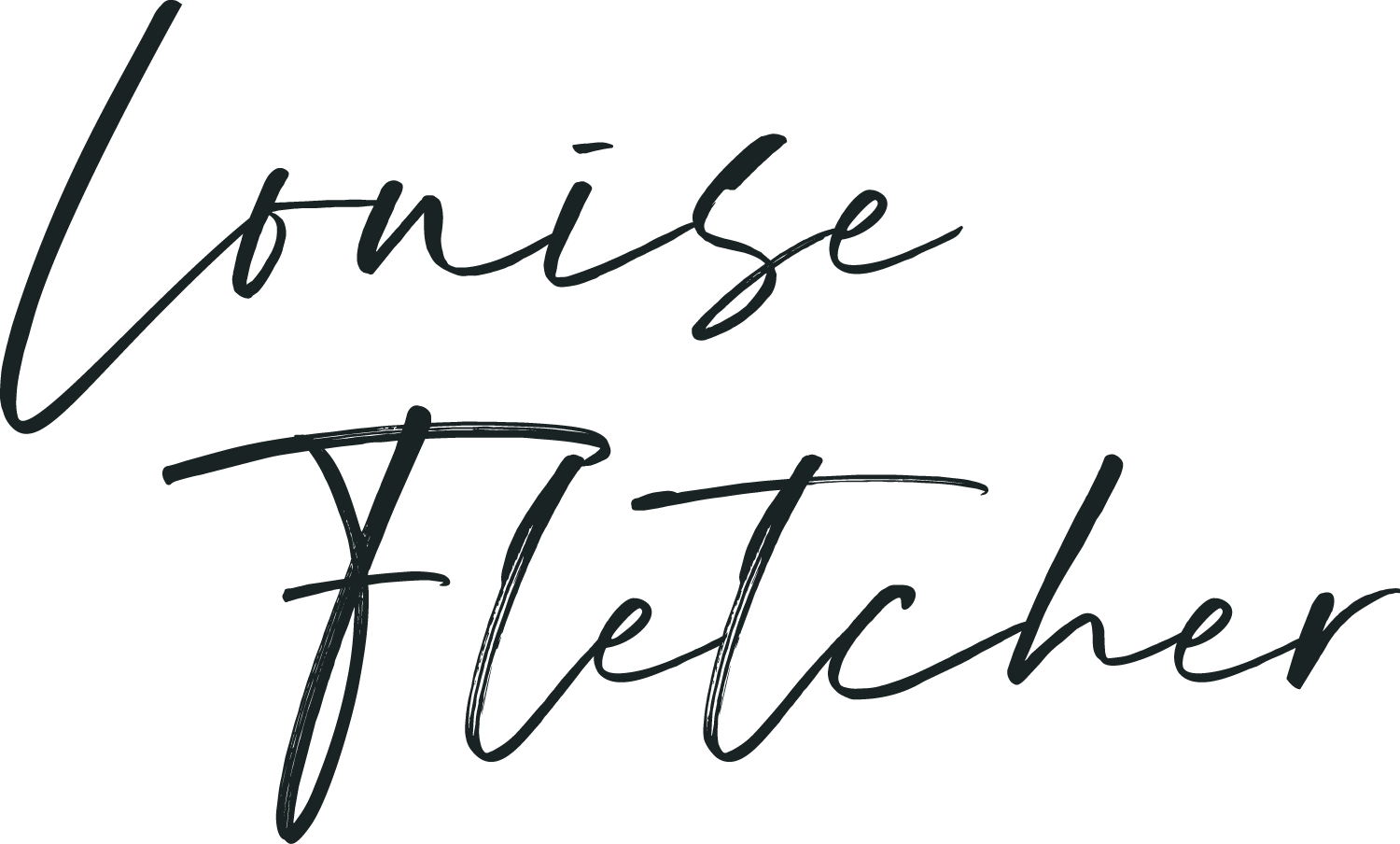A cry for help …
I've been thinking this week about finishing paintings - party because I'm preparing the last module of my advanced course, Momentum and partly because I finished a large painting this week.
I'm often asked 'how do you know when a painting is finished, and I think the answer to this comes in two stages for me.
Stage one is when I feel the painting could stand on its own as it is. It's pretty good - it feels like me and it is aligned with the idea or theme I'm exploring. It also has a solid composition and good colour use and interesting mark-making. It's good ... but it's not yet the best I can do.
Stage Two is when I come in and refine that almost finished painting, to make it the best I can. I don't want to make big changes and lose what I have, but I want to make subtle tweaks that add depth and interest and sophistication.
I know the painting is truly finished when I step back and see that I can't think of anything else to do. Nothing is niggling at me. Nothing feels out of place and nothing seems to be missing.
It's important to caveat this - I never think my finished paintings are truly as good as they could be. I think all artists wish we were better and would love to attain the next level in our work. But I know a painting is done when it is the best I can do for now.
So what is it that takes a painting from stage one to stage two?
I think it comes down to finding the right balance between contrast and harmony.
I want interesting contrasts across the painting. This means I want to contrast dark with lighter tones, warm with cool colours, saturated colours with desaturated colours, big shapes with small ones. It also means I want a variety of paint applications across the painting. There may be some drips from fluid paint contrasted with dry brush strokes. Thin brushes against large ones. Clear lines against soft blends. Transparent against opaque.
But too much contrast can make a painting feel busy, chaotic and ill-conceived, so I also want harmony.
This means creating colour harmony by using a relatively limited palette, but also by using the same colour in different ways throughout the painting. A bold blue mark might be echoed somewhere else by a lighter version of the same blue in a soft blend.
Harmony can also be created by repeating shapes or textures or particular marks.
Harmony makes your painting feel as if it is a cohesive world unto itself - one where everything feels as if it belongs. Contrast then creates interest within that cohesive world.
Of course, not every painter thinks this way or has these interests, but these are key criteria for me when deciding if a painting is finished. There are other considerations, that I will share another time, but these two must always be satisfied before I can call a painting complete.
If you'd like to see what this looks like in practice, I have included my new painting at stage one, and then at stage two. As you will see, the changes are very subtle.
I loved the energy and flow of this painting. It expresses the emotions I wanted to express and I loved the colours. However, I felt it lacked depth and the colours were too harmonious. To add some colour contrast I brought in a light glaze of green in a few places and some tiny pops of bright blue. I also added a veil of pale grey in the centre to echo the more visible drips and lighten that area. I slightly changed the colours in a few places.
Lastly, I scraped the painting with a furniture scraper to create texture in a few places.
The changes are not massive as you can see, but I feel like this refinement and care is vital. If we don't love our paintings enough to do our very best, why should anyone else love them?
If you're interested in seeing this painting up close, I plan to hold a show late in the year where you can see all my new work together. Stay tuned for more details!



